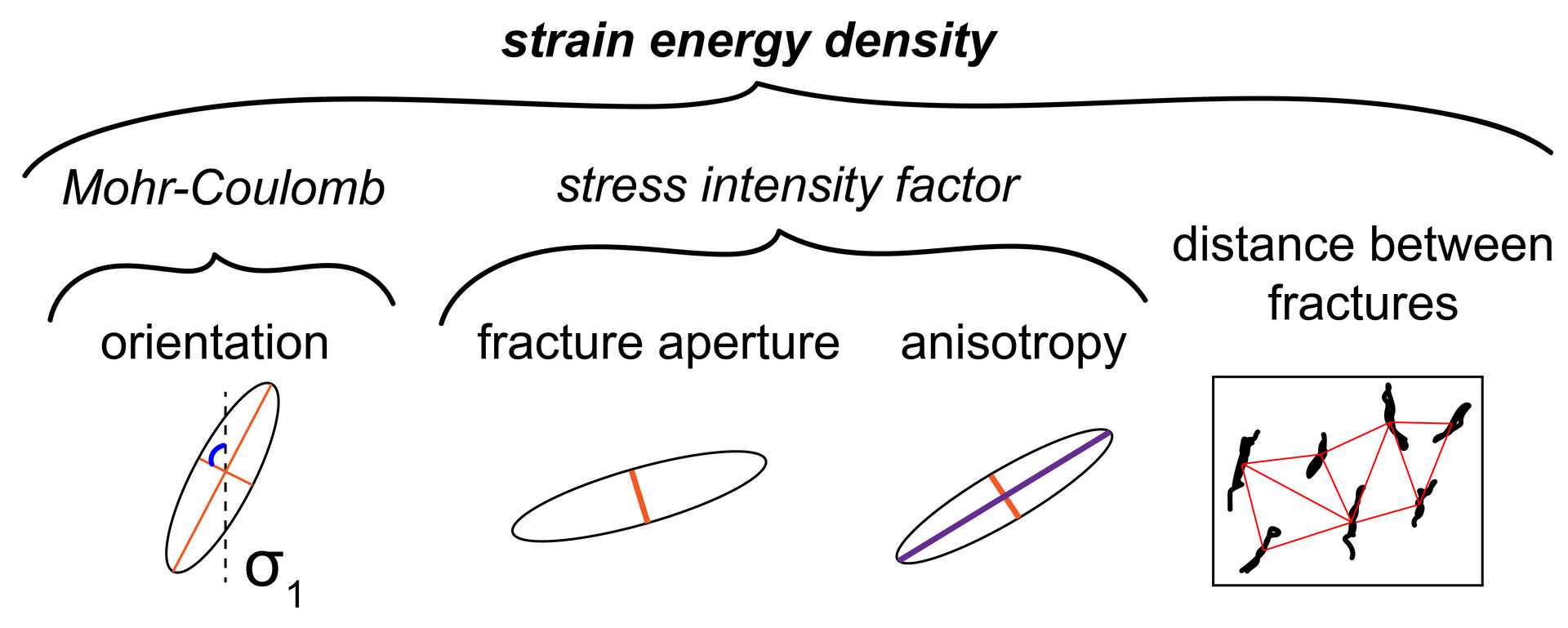About the project
How can we estimate the timing of the next large earthquake? The ability to estimate when the next large earthquake will occur at a particular location (i.e., Los Angeles) would provide immediate societal and economic benefits.

Observations of natural, crustal earthquakes, and laboratory earthquakes indicate that precursory processes tend to accelerate in activity leading up to the dynamic, macroscopic, system-scale failure of a system. This project aims to quantitatively describe and characterize these precursory processes that signal the onset of earthquake preparation. Following the characterization of these processes in laboratory experiments, the project aims to predict the timing of laboratory and crustal earthquakes using machine learning.

Following the development of successful machine learning models that predict the timing of earthquakes, the project will examine which characteristics of fracture networks and strain fields provide the greatest predictive power of the timing of earthquakes. The project will then use numerical models to examine how the processes identified at the laboratory scale with fine temporal and spatial resolution may up-scale to the processes operating at the km-scale within natural tectonic systems, such as the San Andreas fault in California.
This project started in September 2020, and has thus far yielded four submitted papers.
Financing
The Research Council of Norway
Cooperation
- The Njord Center, University of Oslo, Norway
- University of Southern California, USA
- L'Institut Français de Recherche pour l'Exploitation de la Mer (IFREMER), Brest, France
- Center for Computing in Science Education, University of Oslo, Norway
- University of Copenhagen, Denmark
